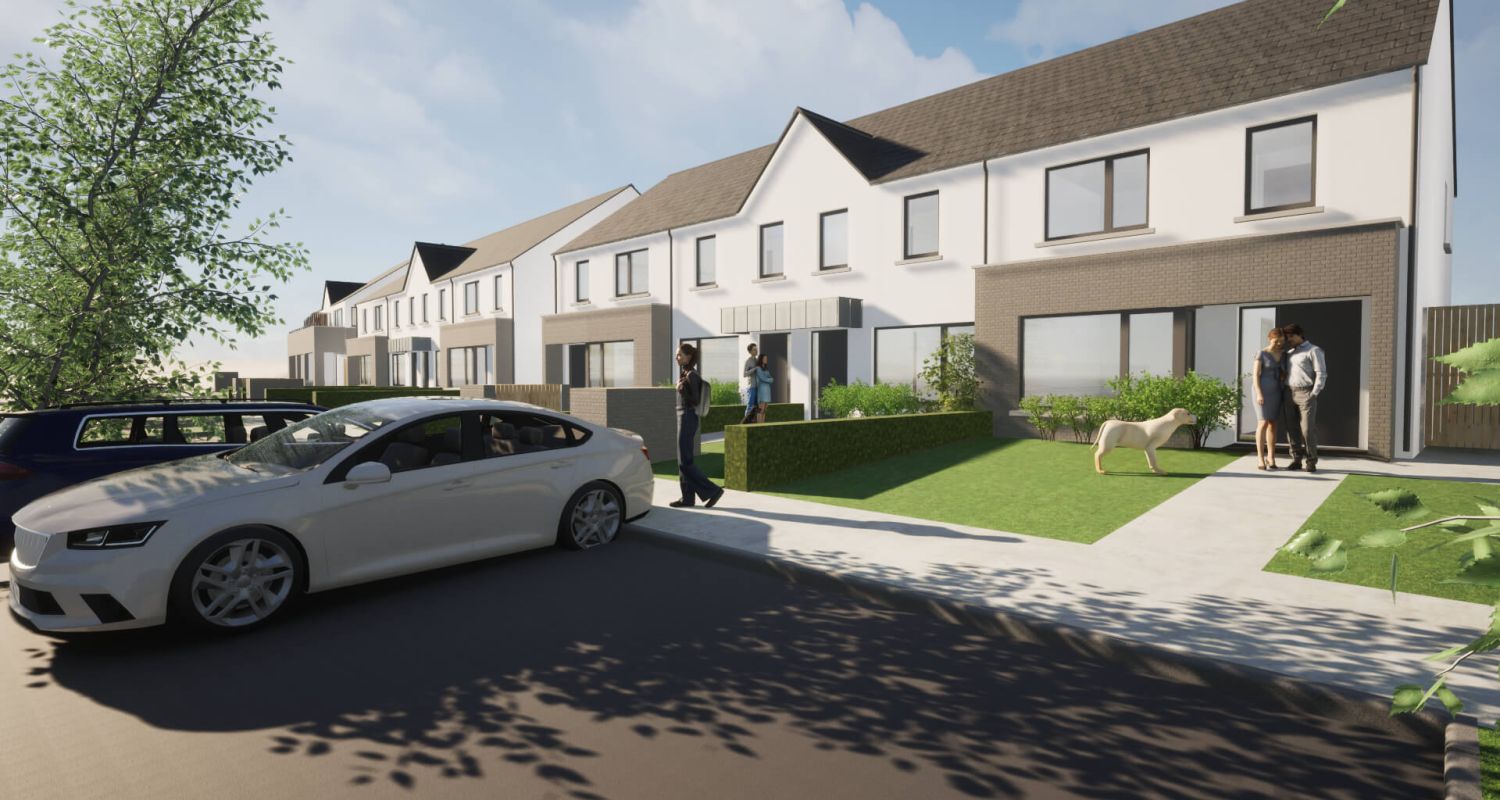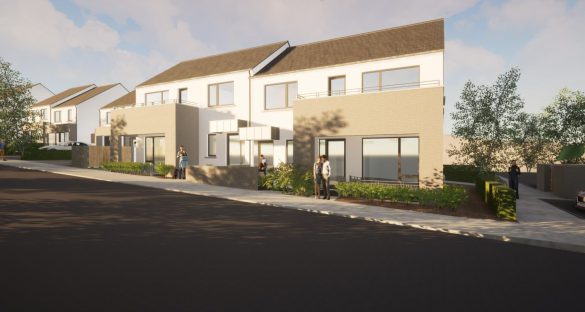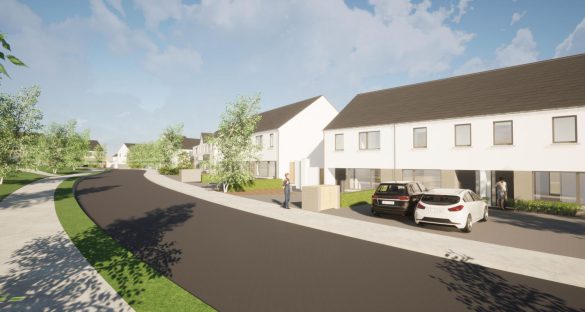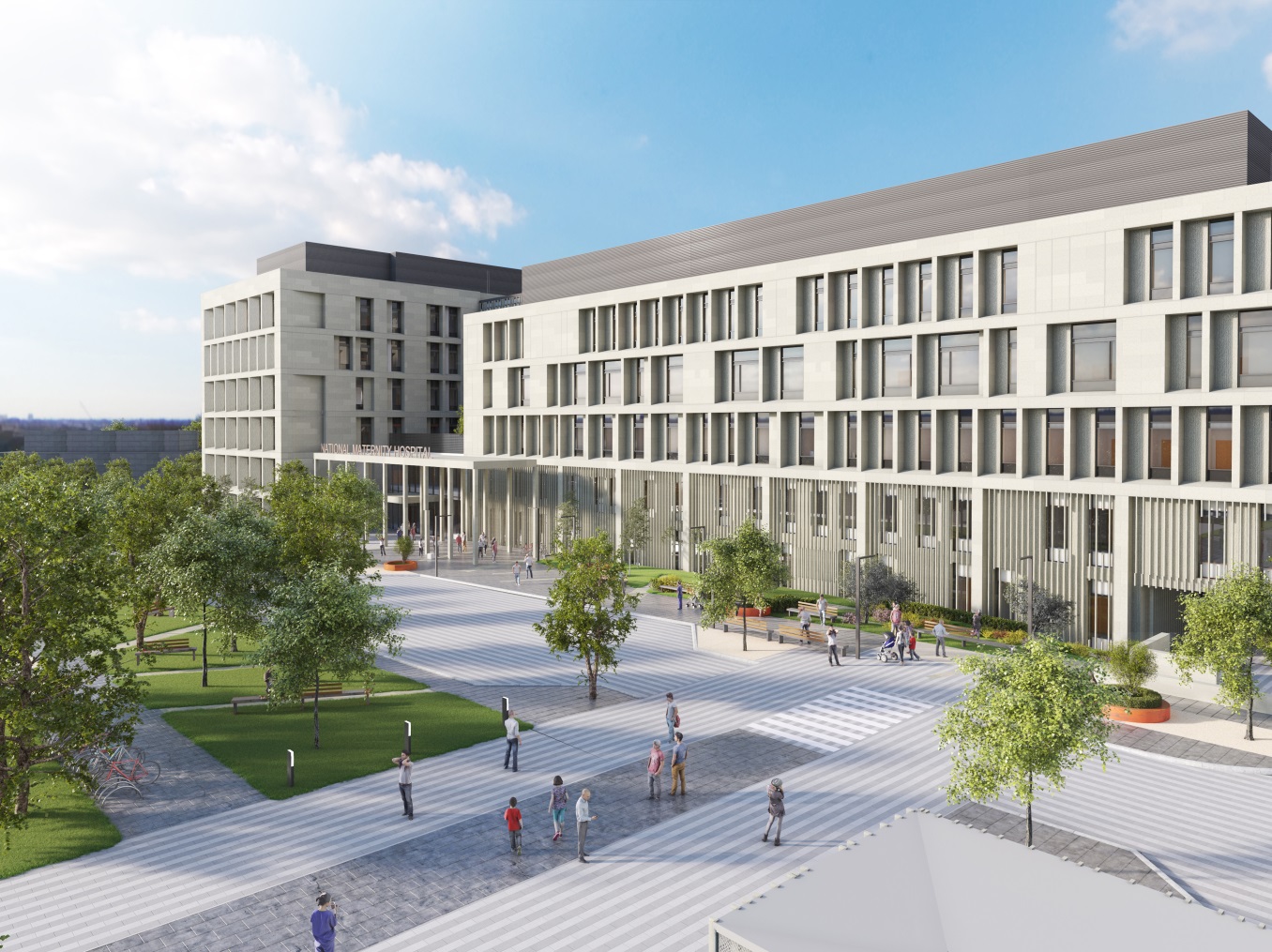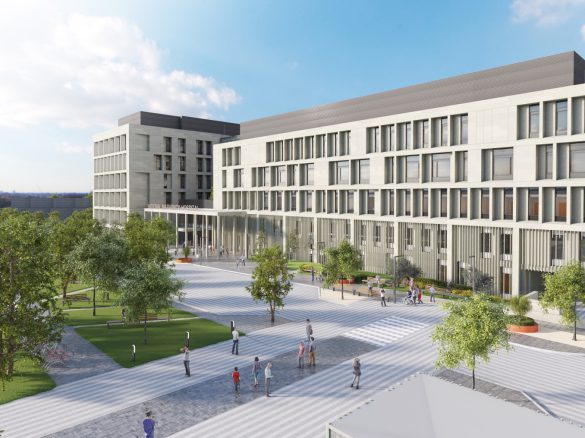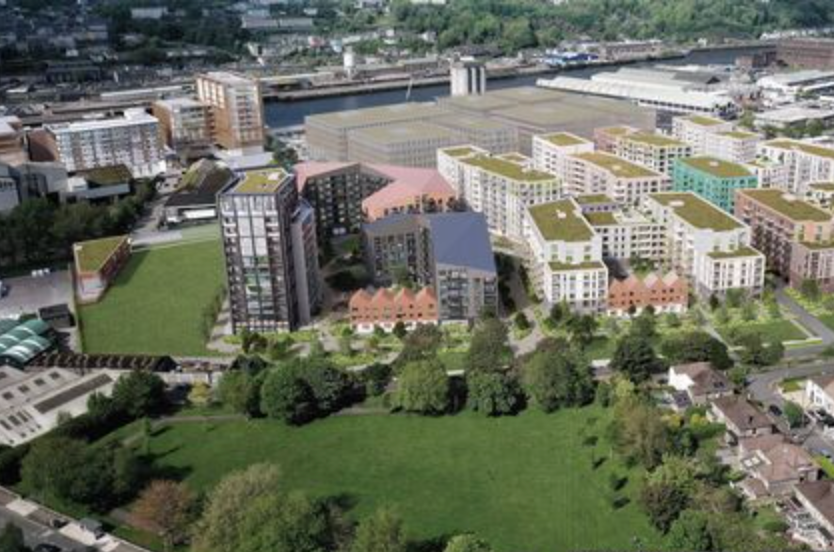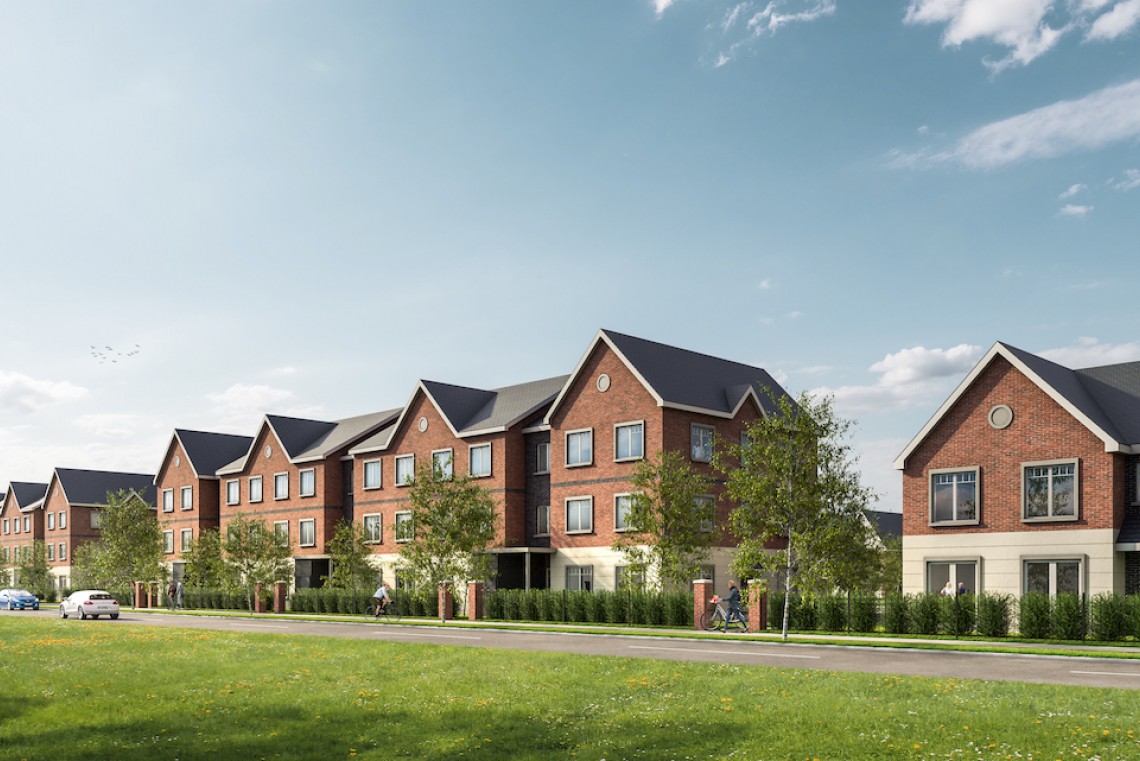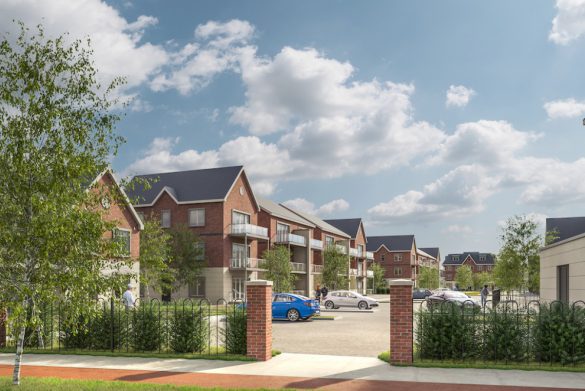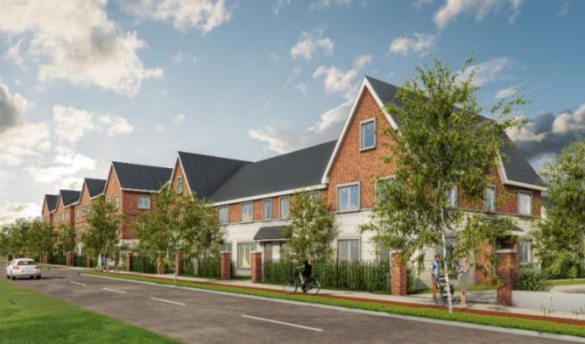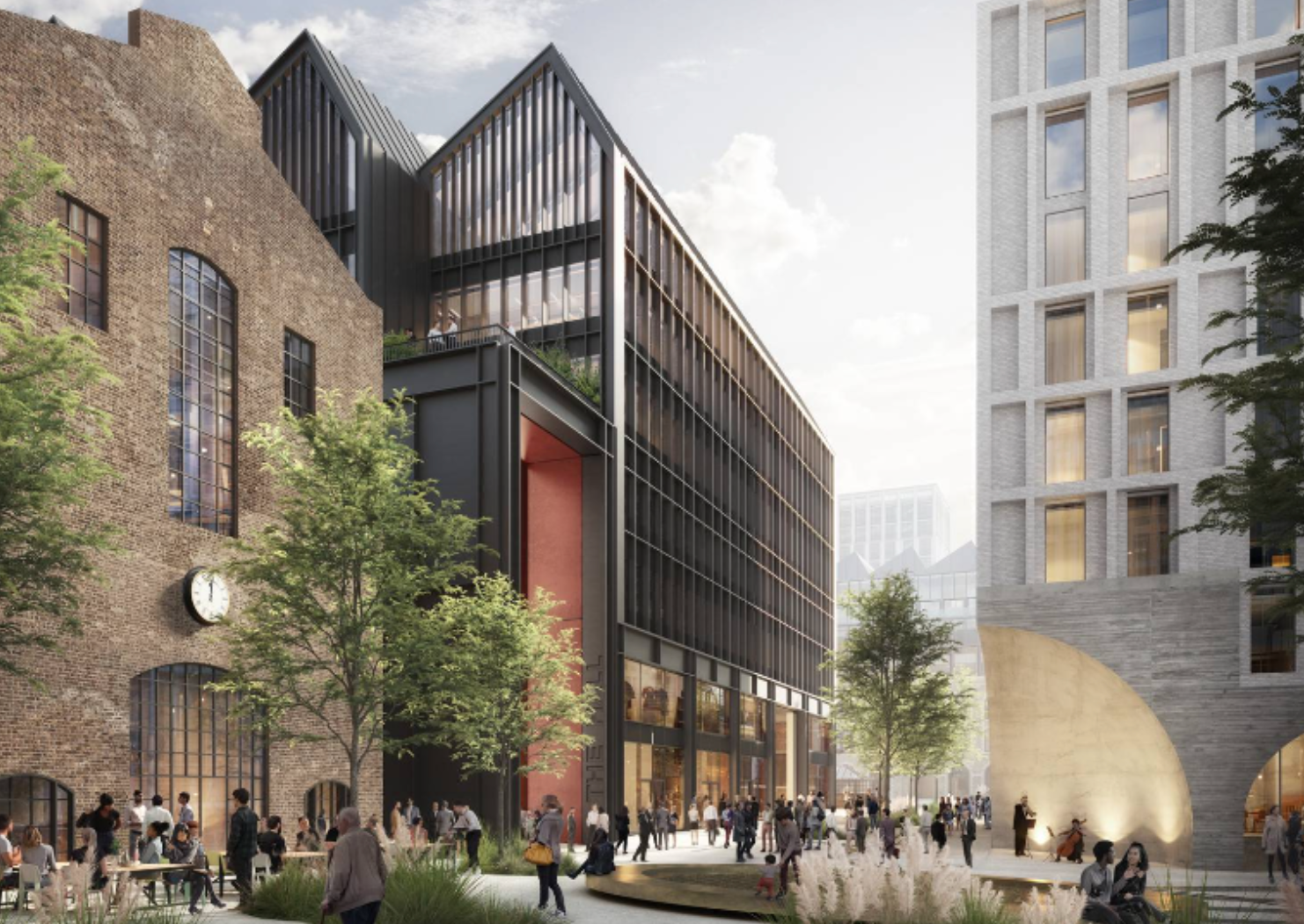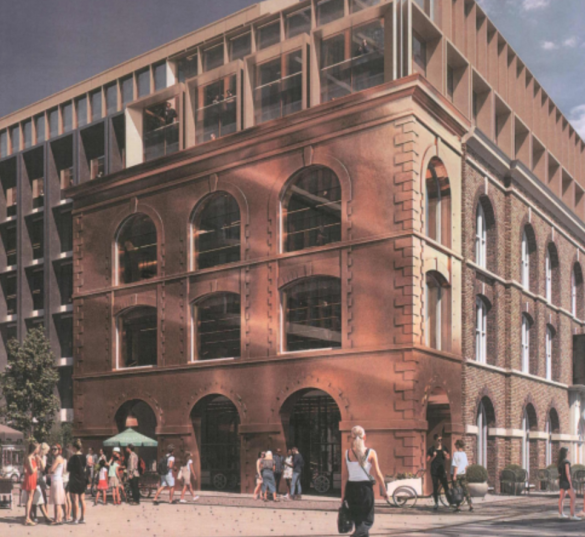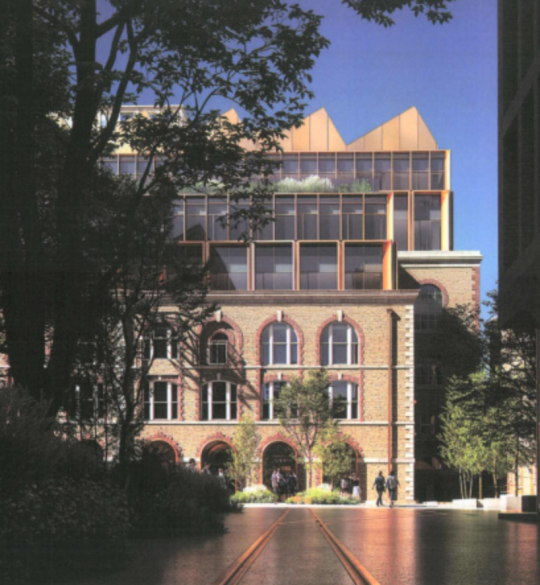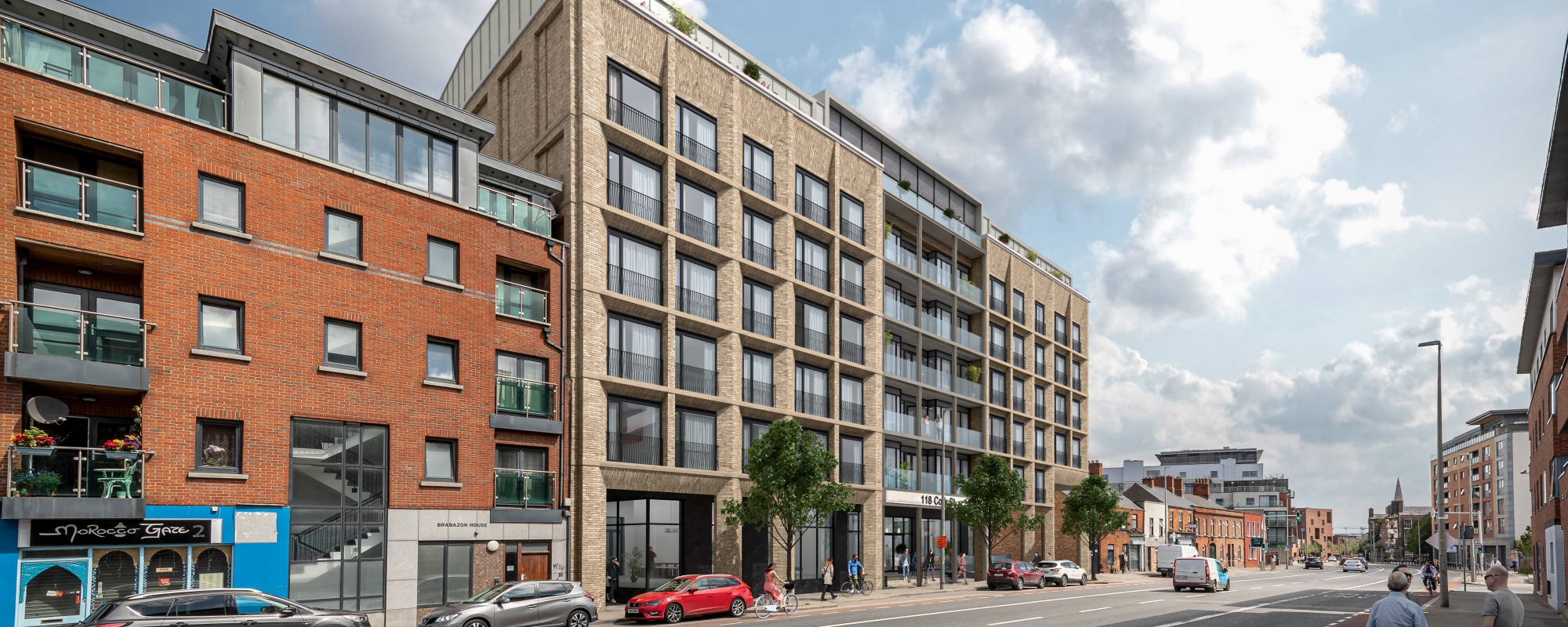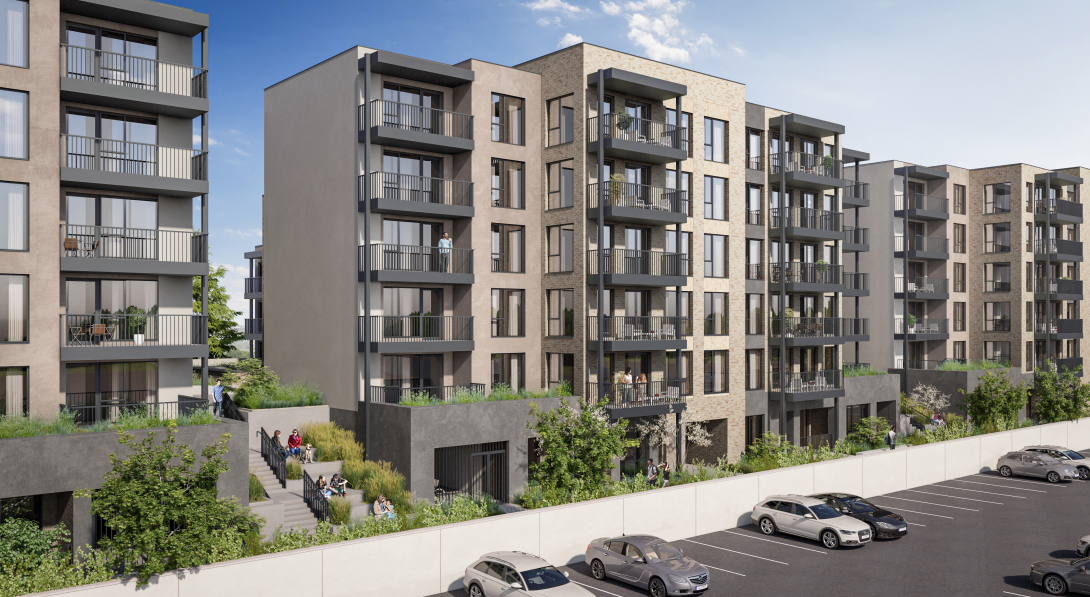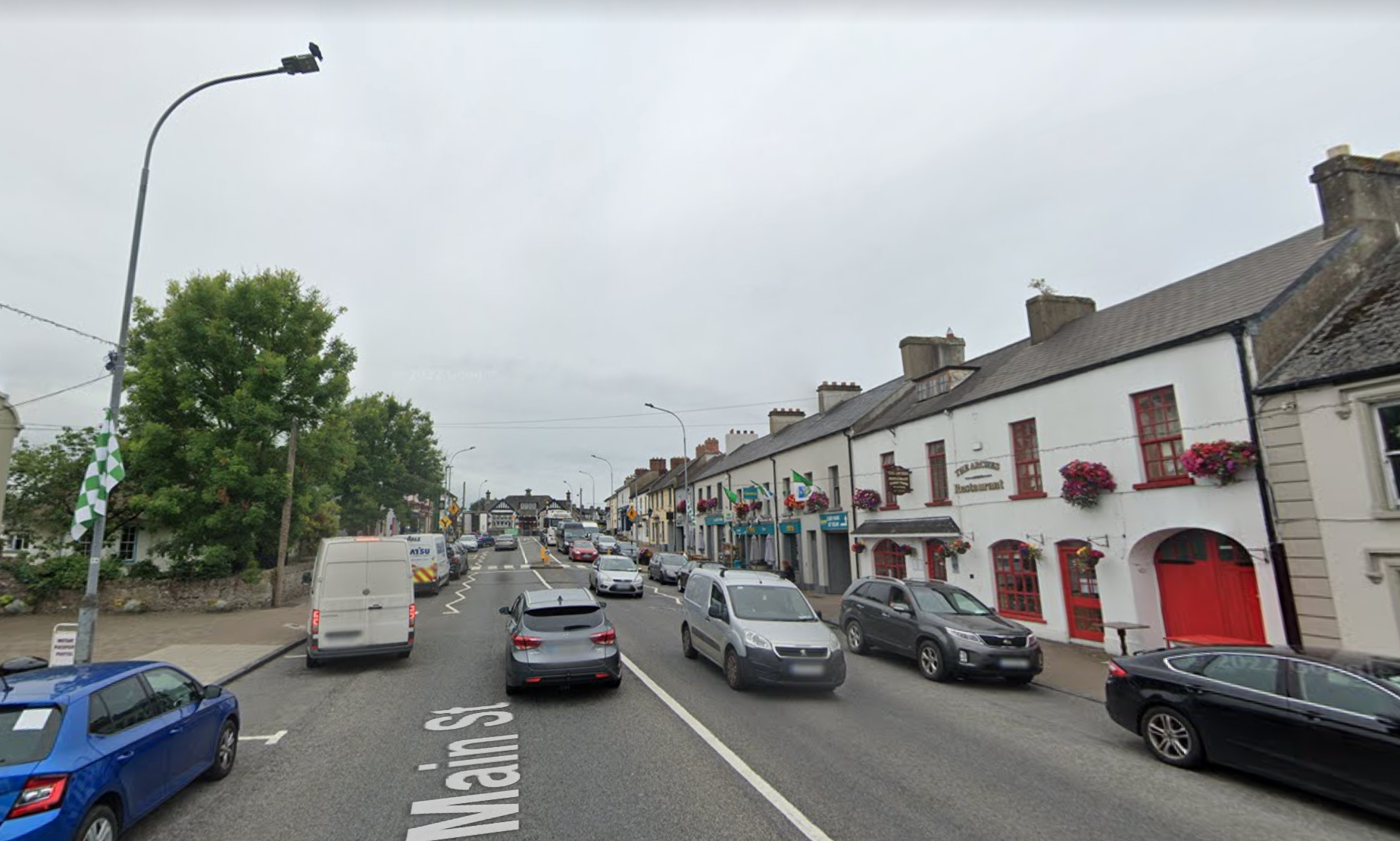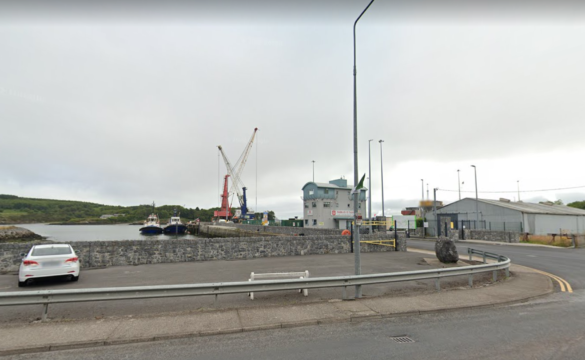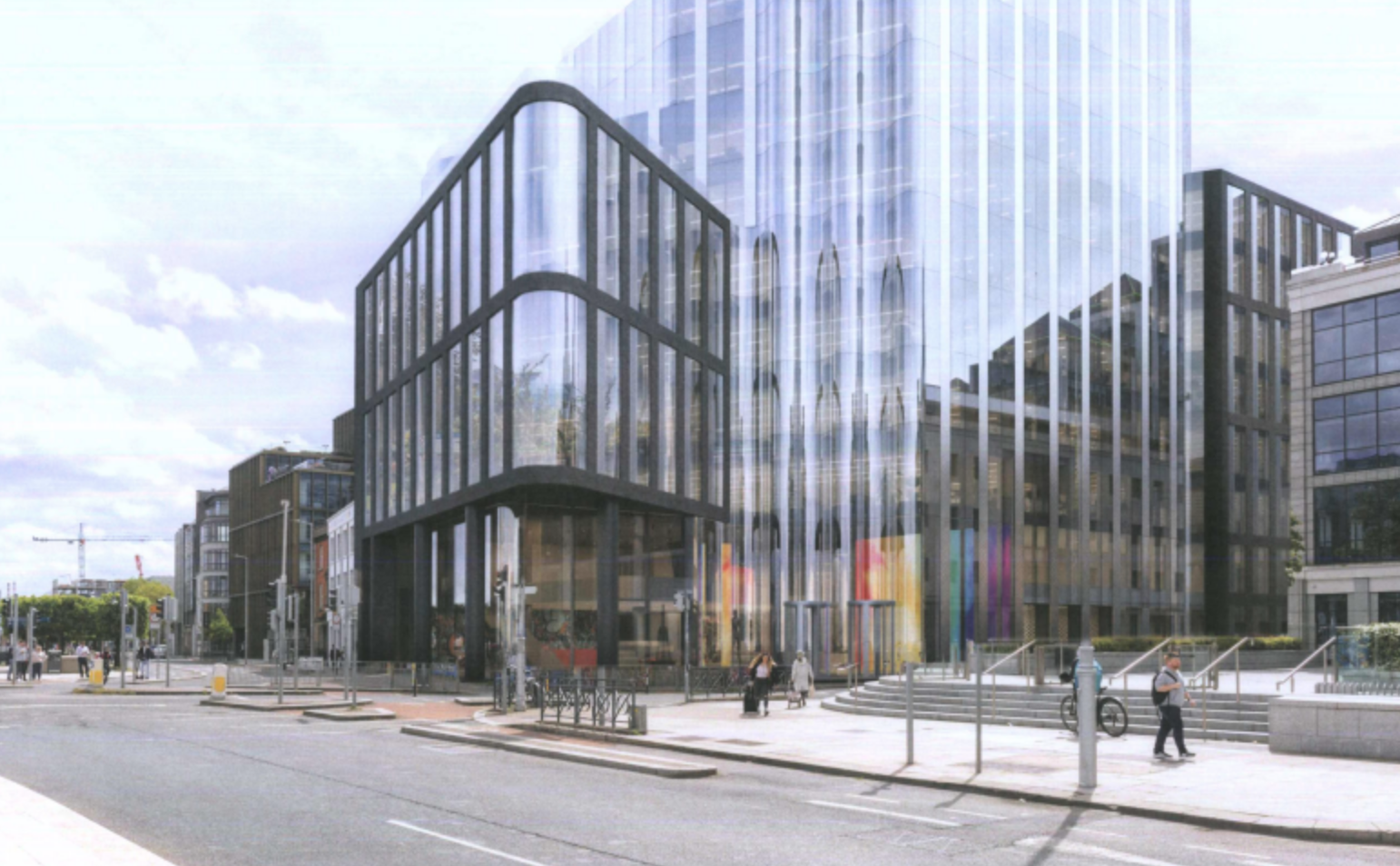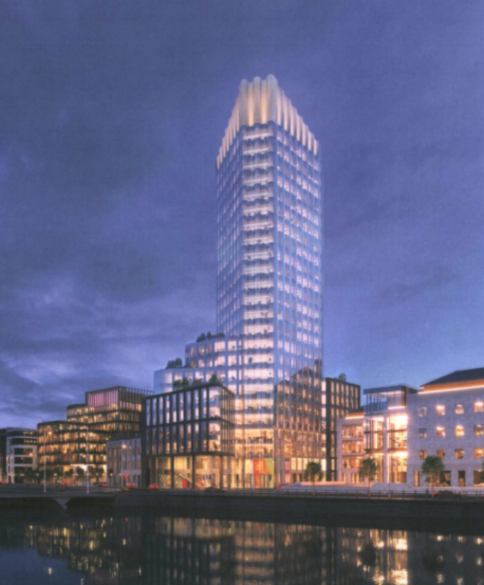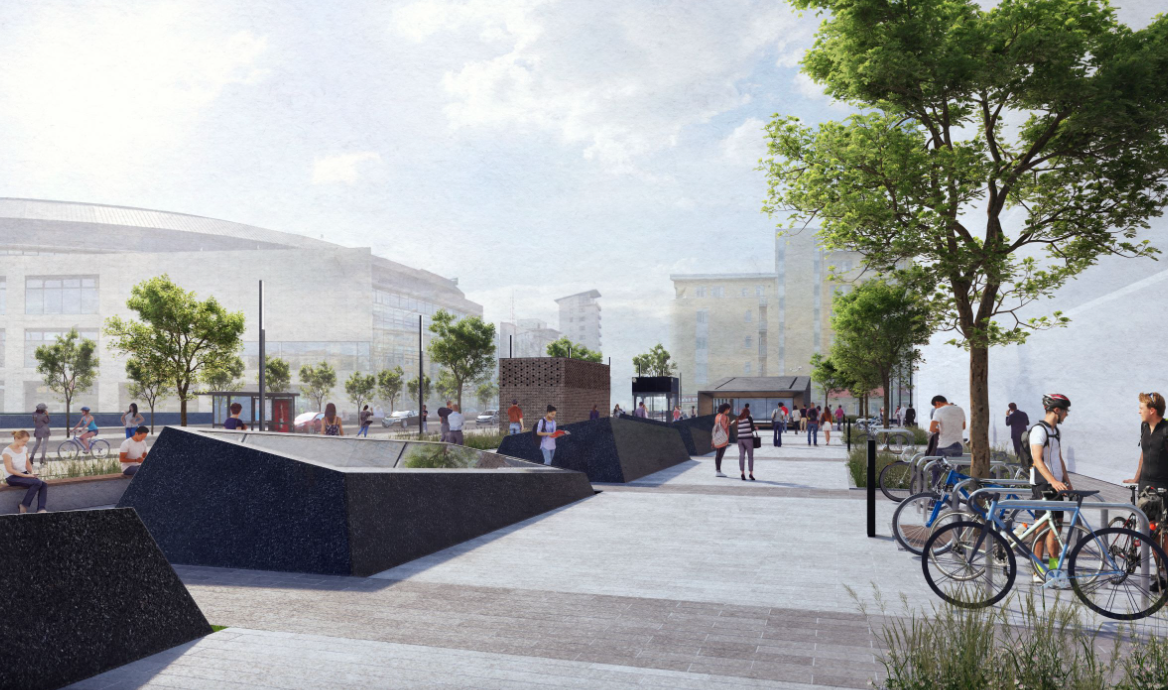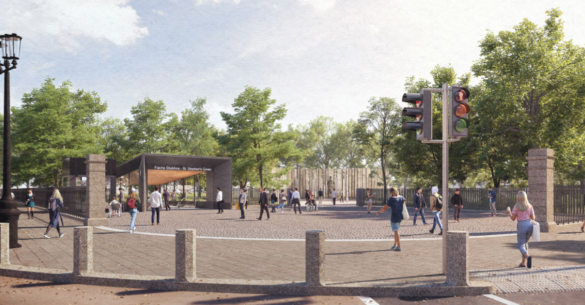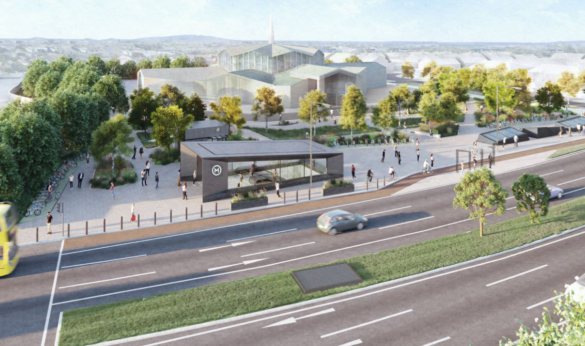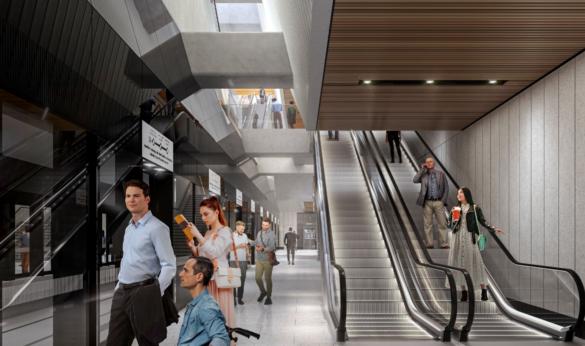Cork City Council has approved plans for the largest residential development to date in the city centre.
Applicants Leeside Quays Ltd ( a subsidiary of O’Callaghan Properties) were given the go-ahead to deliver their €313 million plan for 1325 apartments on the Gouldings Site in Cork’s docklands.
The development will see the demolition of all existing buildings and structures on site (bounded by Centre Park and Monahan Road) to build the apartments and duplexes across 10 different buildings, running from two to 14 storeys over basement.
Of these apartments, 658 will be one-beds, 465 will be two-beds and 202 will be three-beds.
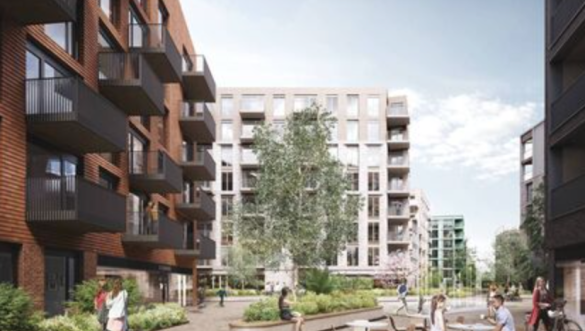
Of these 1325 apartments, 658 will be one-beds, 465 will be two-beds and 202 will be three-beds across 10 buildings varying from two to 14 storeys. Credit: Henry J Lyons Architects
The first block (G1) will comprise of 182 residential units (87 one-beds, 62 two-beds, and 33 three-beds), varying from five to eight storeys.
Block G2 will have 237 units (134 one-beds, 95 two-beds, and 44 three-beds) across six to eight storeys.
Block G3A is six to eight storeys and will comprise 103 units (63 one-beds, 24 two-beds and 16 three-beds).
Block G3B will have seven to eight storeys and just 77 units (44 one-beds, 20 two-beds and 13 three-beds).
Block G4A will range from three to seven storeys and provide 115 units (52 one-beds, 46 two-beds and 17 three-beds)
Block G4B comes up to seven storeys with 60 units (21 one-beds and 39 two-bed).
Block G5 has 162 units (75 one-beds, 54 two-beds and 33 three-beds), climbing up to three to seven storeys.
Block G6 will range from three to seven storeys at 172 units in total (83 one-beds, 58 two-beds and 31 three-beds).
Block G7 is at a similar height of three to seven storeys but with only 91 apartments (50 beds, 26 two-beds and 15 three-beds).
Finally, at the development’s tallest, is Block G8 rising up to an impressive 14 storeys and holding 172 apartments (50 one-beds, 26 two-beds and 15 three-beds).
A standalone two-storey creche of 665 s.q.m and associated outdoor amenities was also proposed in plans.
On the ground floor level across the 6.84ha development, four cafes and restaurants with outdoor seating areas are planned, as well as five service retail units, one convenience retail store with a licence to sell alcohol and four offices.
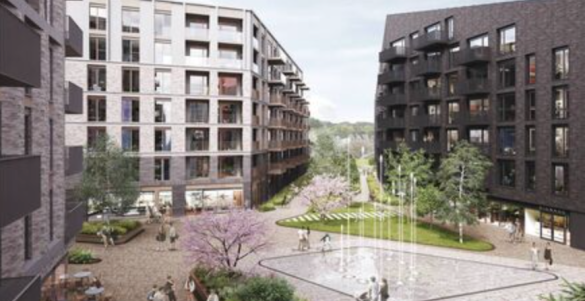
On the ground floor level across the 6.84ha development, four cafes and restaurants with outdoor seating areas are planned, as well as five service retail units, one convenience retail store with a licence to sell alcohol and four offices. Credit: Henry J Lyons Architects
The council also gave a gym of 233 sq.m the green-light, and further play and exercise areas will be allocated across the site (consisting of 25,384 sq.m of public open space).
Vehicular access will be provided to the basement with 300 car parking spaces in total (17 disability spaces, 60 EV spaces and five car share spaces) as well as 1,338 long-stay cycle park spaces and 30 motorcycle spaces.
An additional three disability spaces, 355 short-stay cycle parking spaces and two set-down areas will be distributed across the on-surface level.
A mobility hub is also proposed on Centre Park Road.
Cork City Council approved plans on August 24 subject to 51 conditions.
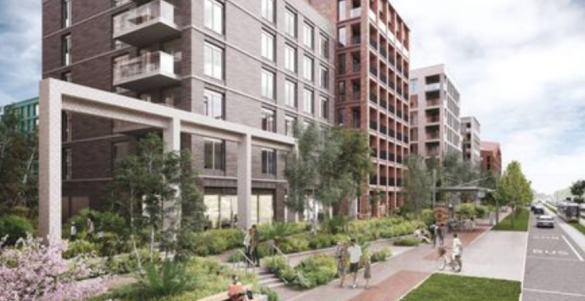
Cork City Council approved plans on August 24 subject to 51 conditions. Credit: Henry J Lyons Architects
Among these conditions, the council ruled that the proposed creche would be omitted. Instead, the applicants will submit revised plans for the provision of a similar-sized creche within Block G5.
They also ruled that a maximum of 21 car-parking spaces will be allocated for non-residents.
Feature Image Credit: Henry J Lyons Architects
